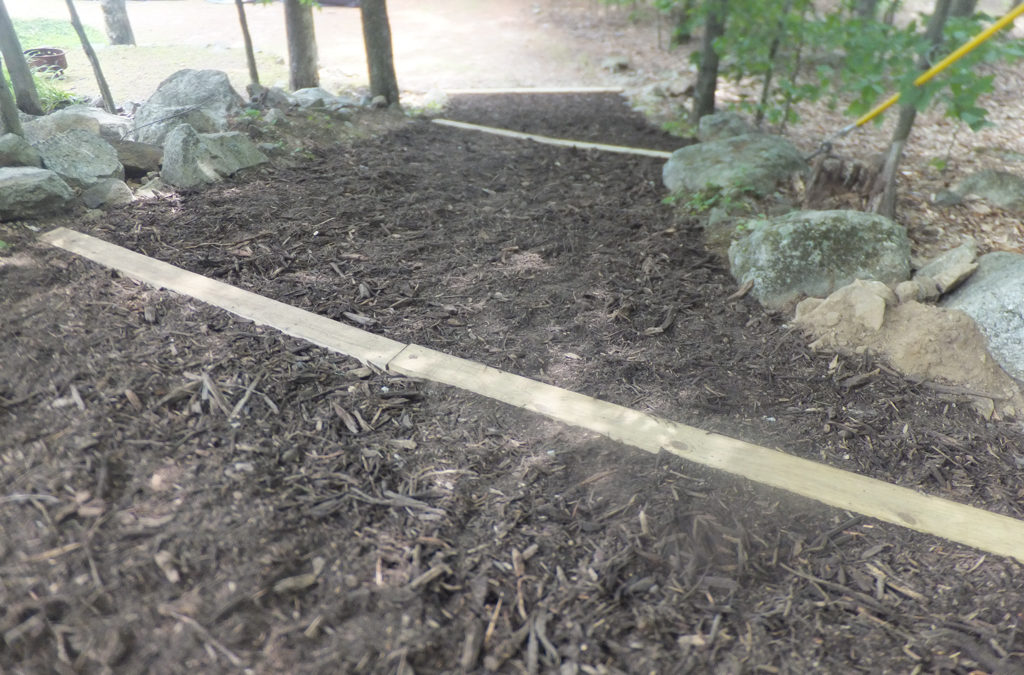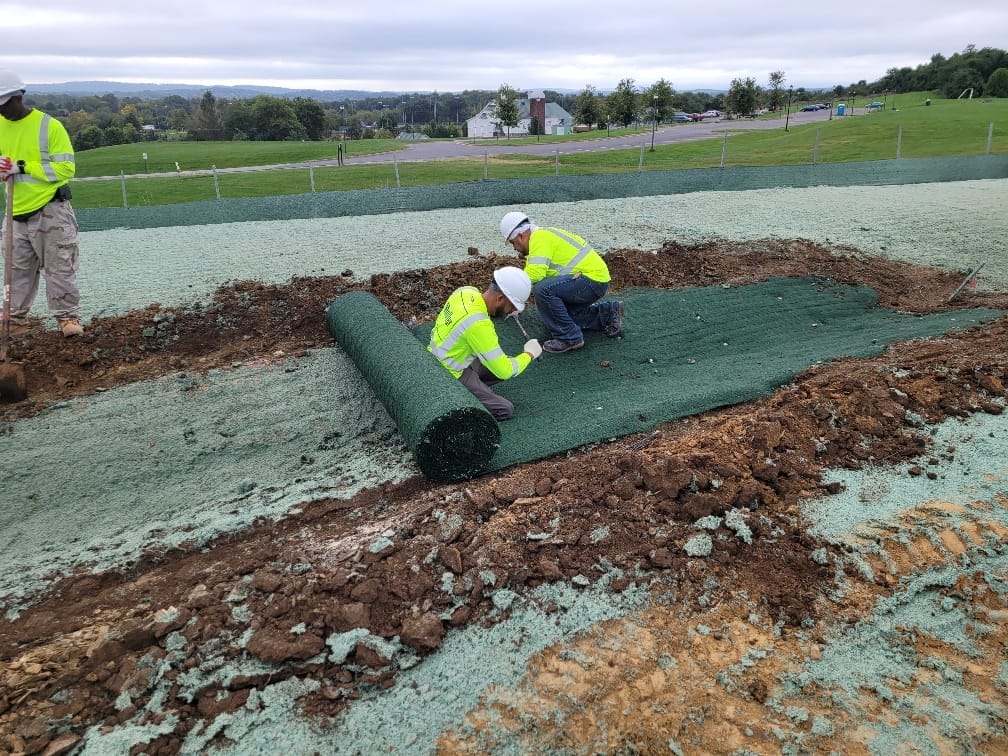Silt Fences: Your First Line of Protection Against Erosion
Wiki Article
Ideal Practices for Erosion Control in Building Projects
Are you working with a construction job and worried about erosion control? Look no more! In this write-up, we will assist you through the very best techniques for protecting against erosion on your site. You'll find 5 crucial techniques, efficient sediment and overflow monitoring approaches, key considerations for slope stabilization, and ideas for securing plant life and dirt. We'll additionally explore the importance of executing proper drainage systems. Get ready to tackle erosion head-on and guarantee the success of your construction project.5 Necessary Erosion Control Techniques

To efficiently manage disintegration on your construction website, you'll require to apply necessary methods such as slope stabilization and debris control actions. Incline stabilization is important in stopping soil disintegration on high inclines. An additional reliable strategy is the usage of disintegration control coverings or floor coverings, which are placed on the slope and assistance maintain soil bits while permitting plant life to expand.
Reliable Debris and Overflow Administration

You can effectively handle debris and runoff in your building task by implementing appropriate disintegration control actions. Sediment and overflow administration is crucial to avoid disintegration and shield the surrounding environment. One effective procedure is the installment of silt fencings along the border of the construction site. These fencings assist to have debris and prevent it from entering nearby water bodies. One more essential method is the execution of disintegration control coverings or floor coverings. These coverings give a safety layer on bare dirt, reducing the impact of rainfall and preventing erosion. Additionally, making use of sediment basins or debris catches can aid to record debris and stop it from getting in stormwater systems. Normal upkeep of these procedures is necessary to guarantee their efficiency throughout the building job. This includes examining and cleaning up debris containers and on a regular basis changing silt fences and erosion control coverings as required. By carrying out these erosion control steps, you can effectively take care of debris and overflow in your construction project, decreasing the effect on the atmosphere and complying with regulatory needs.
Key Factors To Consider for Incline Stabilization
You need to carefully analyze the incline's features, such as its make-up, drainage, and angle patterns. Look for indicators of disintegration, such as revealed origins, cracks, or slumping soil.An additional alternative is to plant vegetation on the incline, as the origins can assist anchor the dirt and control disintegration. Furthermore, installing disintegration control coverings or mats can provide prompt security while greenery becomes well-known.
It's vital to regularly check the supported slopes to guarantee their efficiency. Watch out for any kind of indications of movement or disintegration, and take immediate activity if required. Normal maintenance, such as inspecting and fixing any broken actions, is likewise necessary to make certain long-lasting stability.
Finest Practices for Vegetation and Dirt Protection
If necessary,One efficient means to safeguard plant life and soil on inclines is by regularly inspecting for indicators of erosion and taking instant activity. By being proactive and observant, you can avoid more damage and ensure the stability of the slope. Begin by evaluating the slope for any type of indicators of disintegration, such as exposed roots, bare dirt spots, or debris accumulation at the bottom. It is important to resolve the concern promptly if you discover any of these indications. Implement disintegration control procedures such as setting up erosion control blankets, mulching, or perhaps building maintaining wall surfaces if required. In addition, growing plant life can significantly help in supporting the soil. Choose native plants that have deep root systems, as they are much more effective in avoiding erosion. Make sure to frequently examine the health and wellness of the plants and supply needed maintenance, like Memphis Erosion Control Solutions trenching watering and fertilizing. Remember, disintegration can promptly get worse and create extreme damage, so it's necessary to resolve it immediately. By taking aggressive measures and frequently keeping track of the incline, you can secure the plant life and soil, guaranteeing the long-lasting security of the location.Implementing Correct Water Drainage Solutions
To successfully carry out appropriate drainage systems, it's essential to consider the incline gradient and dirt type. When it comes to managing water circulation and stopping erosion, understanding these variables is necessary. The slope gradient plays a significant duty in identifying how water relocates across the land. Steeper inclines can result in much faster water flow, increasing the danger of erosion and flooding. On the various other hand, gentler inclines enable water to flow more gradually, decreasing disintegration potential. By analyzing the slope gradient, you can make an efficient drainage system that fits the all-natural water movement.Soil type also influences drainage system design. Different soil types have differing degrees of leaks in the structure, influencing just how water is soaked up and drained pipes. For example, sandy dirts often tend to drain faster due to their coarse texture, while clay dirts have a slower water drainage price because of their small nature. Recognizing the dirt type helps in selecting ideal water drainage methods, such as utilizing permeable products or setting up French drains. Additionally, taking into consideration the dirt qualities helps protect against waterlogging, which can bring about bad plant growth and damage to structures.
Conclusion
In final thought, when it comes to disintegration control in building and construction tasks, you must comply with these finest methods. Take into consideration incline stablizing approaches to ensure the stability of the site. By following these vital methods, you can successfully regulate disintegration and make certain the success of your building and construction task.To successfully regulate disintegration on your building and construction website, you'll need to carry out necessary methods such as incline stabilization and sediment control steps. Slope stabilization is crucial in preventing soil disintegration on high inclines. One more effective technique is the usage of disintegration control coverings or mats, which are placed on the incline and aid preserve dirt bits while permitting vegetation to grow. An additional alternative is to plant vegetation on the incline, as the origins can assist anchor the dirt and control disintegration. Implement erosion control measures such as mounting erosion control blankets, mulching, or also building keeping wall surfaces if required.
Report this wiki page